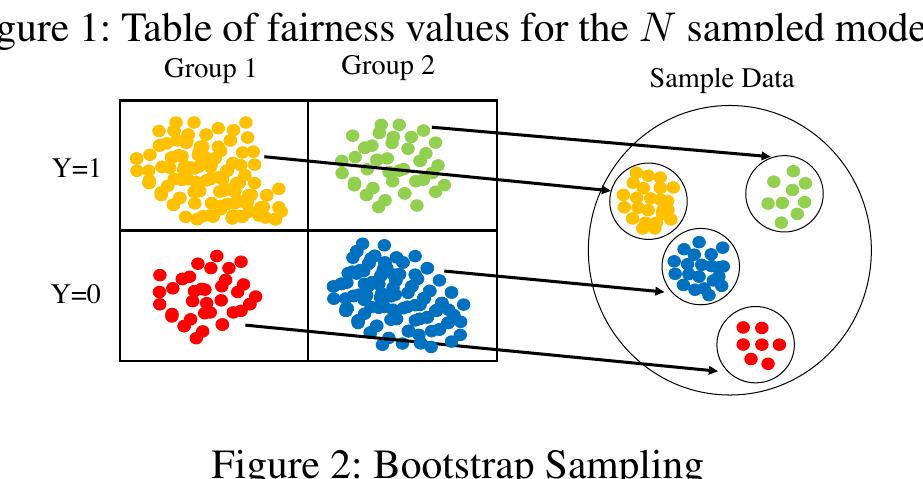Figure 8 – uploaded by hadis anahideh

Figure 8 ness metrics, Figure 8, we illustrate a graph with nodes rep- resenting the fairness metrics, orange nodes indicating the representative metrics of each subset, and edges showing the subsets of metrics that are highly correlated. We used T = 0.5 for this plot. The graph confirms that the number of subsets are smaller using Logit model than that using NN, as previously discussed. Similarly, Figure 9 shows the rep- resentative metrics for Credit dataset using Logit and NN models. Discovery Ratio, Predictive Parity, Equality of Op- portunity, and Average Odd Difference are selected as repre- sentative metrics for Credit dataset when we use Logit clas- sifier.














